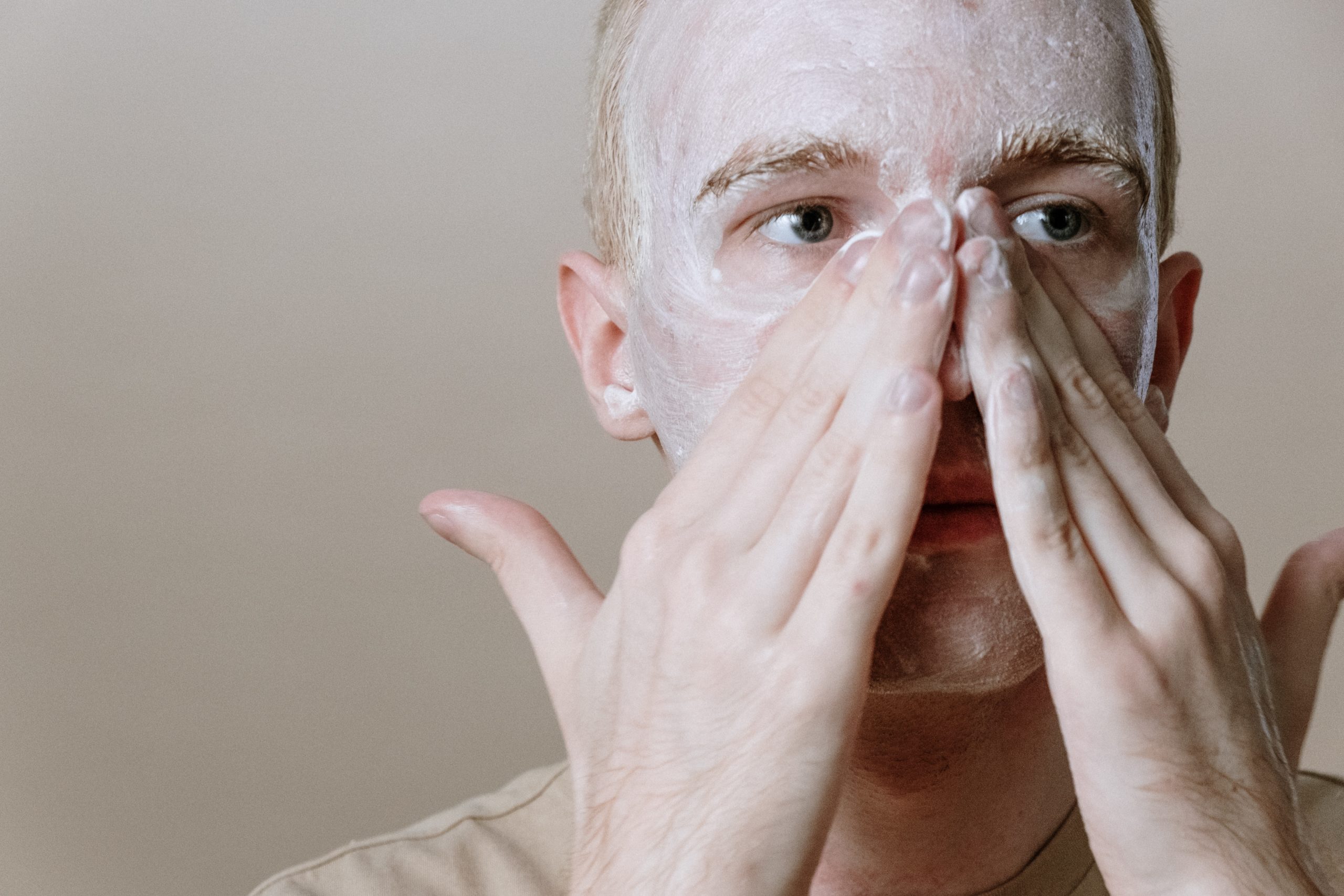Fungal acne is a particular type of acne that commonly appears on the chest, back, and arms. When you are able to identify this particular type of acne, you will be better equipped to treat it properly. A visit to your dermatologist may be in order to provide the best possible treatment for your fungal acne. Our experts at Allen-Taintor Dermatology can provide an array of services to protect the health of your skin and enhance its overall appearance.
Signs of Fungal Acne
 Learning the signs of fungal acne will enable you to identify it when it occurs. One of the major differences between fungal acne and “traditional” acne is that this type of acne tends to create an itching sensation. The appearance, however, tends to be incredibly similar to regular acne. It creates red bumps that are often about a millimeter big. Fungal acne often appears in clusters and is most common on the arms, chest, and back.
Learning the signs of fungal acne will enable you to identify it when it occurs. One of the major differences between fungal acne and “traditional” acne is that this type of acne tends to create an itching sensation. The appearance, however, tends to be incredibly similar to regular acne. It creates red bumps that are often about a millimeter big. Fungal acne often appears in clusters and is most common on the arms, chest, and back.
Understanding this Acne
Fungal acne can be a rather misleading name. In general, it is caused by an overgrowth of yeast. This type of acne is also called pityrosporum folliculitis. This means that the acne is caused by an infection of the hair follicles where the acne has appeared. Understanding this aspect can help you to prevent fungal acne, as well as effectively treat it when it has formed.
Causes of Fungal Acne
There are several various causes of fungal acne. Ensuring that you know these causes will help you to prevent the formation of fungal acne in the first place. Heat and humidity often cause this type of acne. Due to this, fungal acne tends to be more common in some climates than others. Sweat that is allowed to remain on the skin often triggers fungal acne. This is why it is important to ensure that you shower immediately after exercise. Fungal acne can also be created by overusing antibiotics. When you do this, the natural skin flora will be damaged. It can also result from contact with other people. This is a contagious type of acne, so contact can cause it to develop.
Treating Fungal Acne
Once you have determined that your acne is of the fungal variety, you will be able to take the steps to treat it. It is usually most beneficial to ensure that you visit your dermatologist for effective prescription treatments. They can provide a topical or oral medication to clear up your fungal acne. Exfoliating your skin can help to remove aspects that can result in this infection to the hair follicles. Since athlete’s foot cream is used to help remove fungus, it can also help to remove the overgrowth of yeast from your skin. Wearing loose clothes, and using a blemish serum or oil-free moisturizer can all aid in treating fungal acne and restoring the appearance of your skin.
Understanding fungal acne can enable you to take the best steps to prevent it from impacting your skin. When you work with our team at Allen-Taintor Dermatology, you will be able to take the necessary steps to restore the health of your skin. For more information about fungal acne and how to prevent it, contact our experts at Allen-Taintor Dermatology today!
